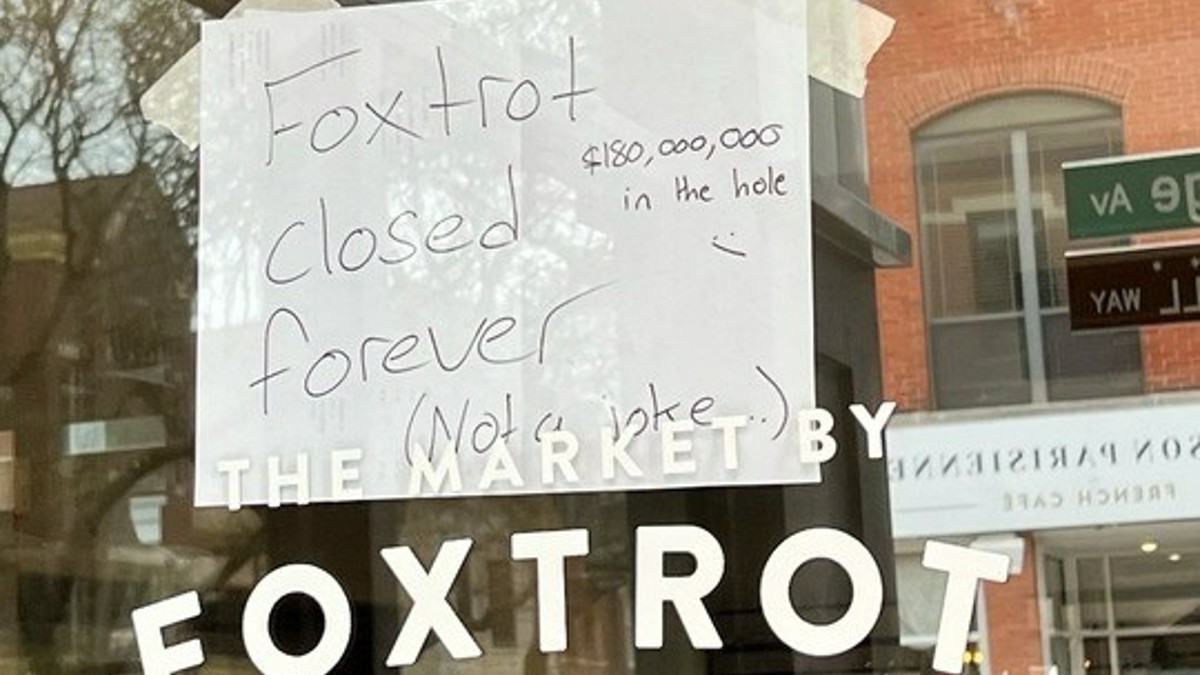When someone broke down the door of a neighbor’s home on Friday morning, Andrew, who asked us to withhold his last name, received a call for help from police.
“That our name came up as a registered safe camera user with the City of Frisco and asked permission to come in and view the cameras,” said Andrew.
From his office, Andrew could help police access the footage on his home surveillance camera system. Police said the video helped confirm a man officers detained in the area was their suspect.
“This was the first time we received a call and we were glad we could help,” said Andrew.
Andrew is one of the 156 voluntary SafeCam users in Frisco. The program launched in 2014 as a way to allow police to track where people have surveillance cameras and if they’d be willing to share footage with officers.
“When we get on scene where a crime has been committed, we pull up the SafeCam on our maps and we will identify the locations where there are cameras,” said Officer Gene Willis. “We will contact those homeowners and see if we can see any suspect moving around.”
Willis said police don’t have a way of accessing camera feeds directly. Police simply see where cameras are located and determine if the owner may have useful footage.
Local
The latest news from around North Texas.
“It’s not something we could tie into remotely. We actually have to get your permission to see the footage,” said Willis.
Other departments in North Texas use similar video surveillance programs, tapping into the growing network of personal surveillance systems in neighborhoods. Police said the more registered users in a city, the more neighborhoods are covered.
Willis said the department is always looking for more participants. He doesn’t recall if other cases benefited from the program, but said the system can act as a deterrent.
Those willing to register with Frisco, can provide their contact information in an online form along with a description of the number of cameras and the directions they point. Police also ask if the images are in color and how long video is stored. Willis said the department routinely checks back with participants to ensure the cameras are still functioning and update the system.
“The police have so many things working against them from the get-go,” said Andrew. “This is hopefully something that'll at least ease that a little bit to make it a little easier for them to start solving these crimes.”



